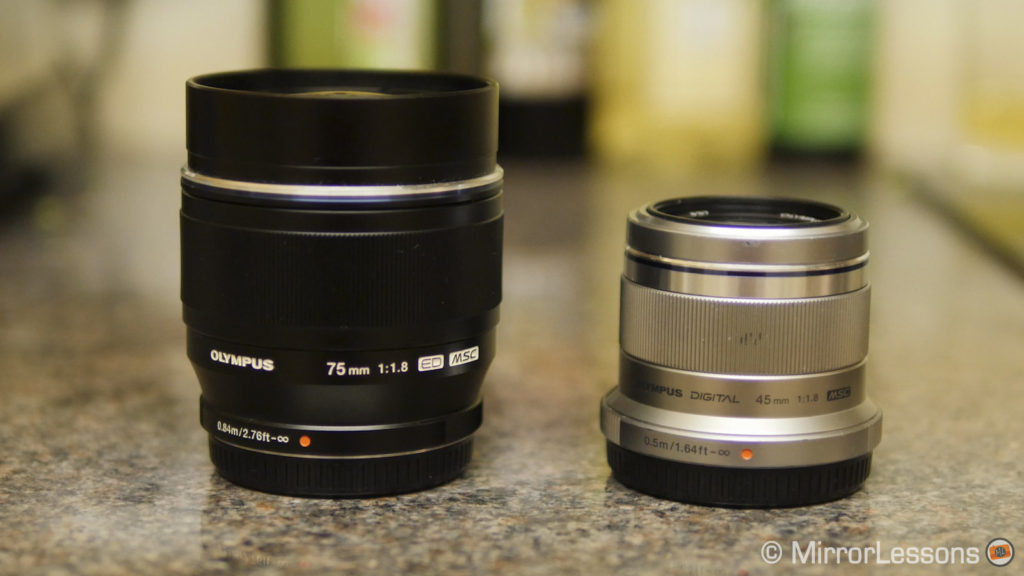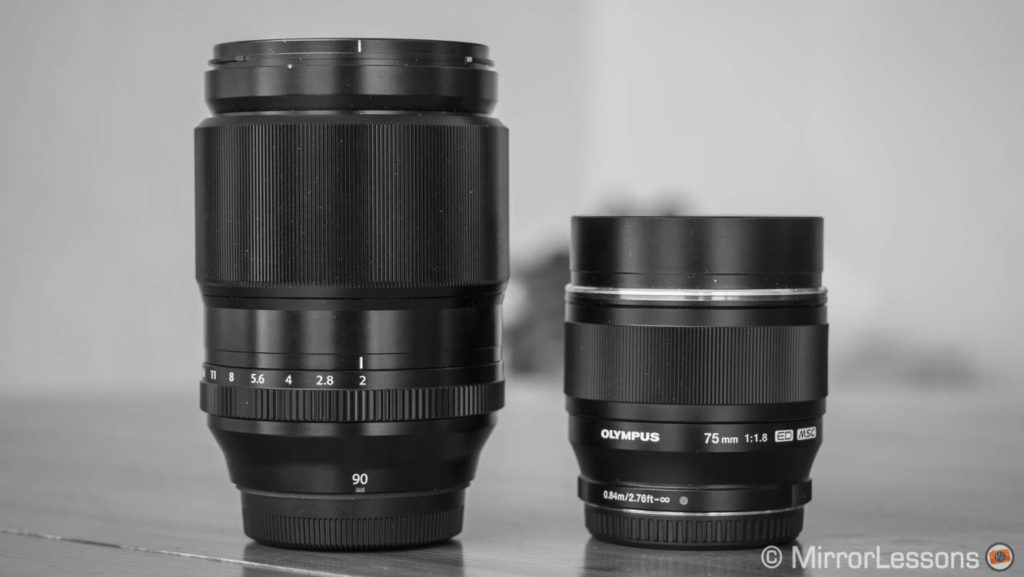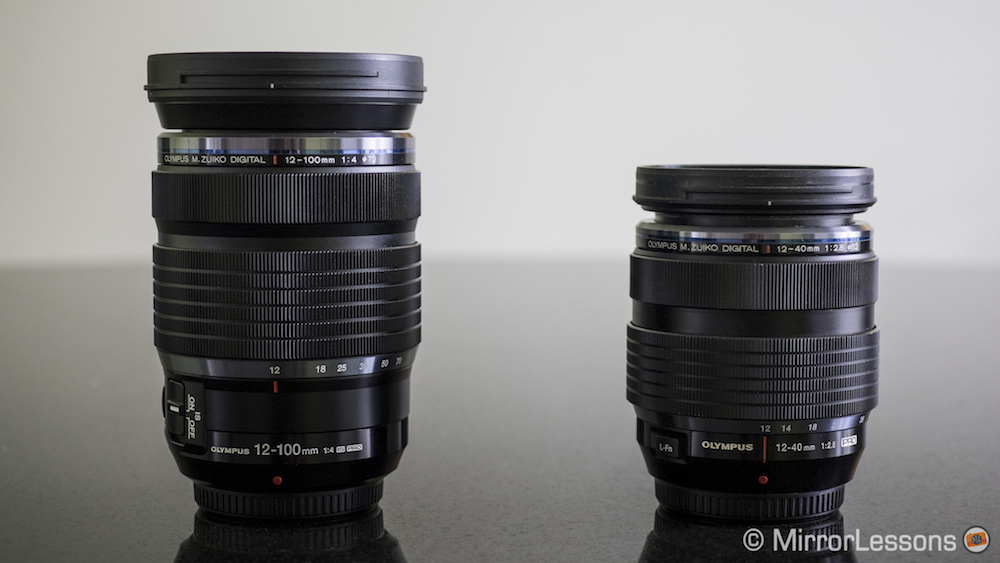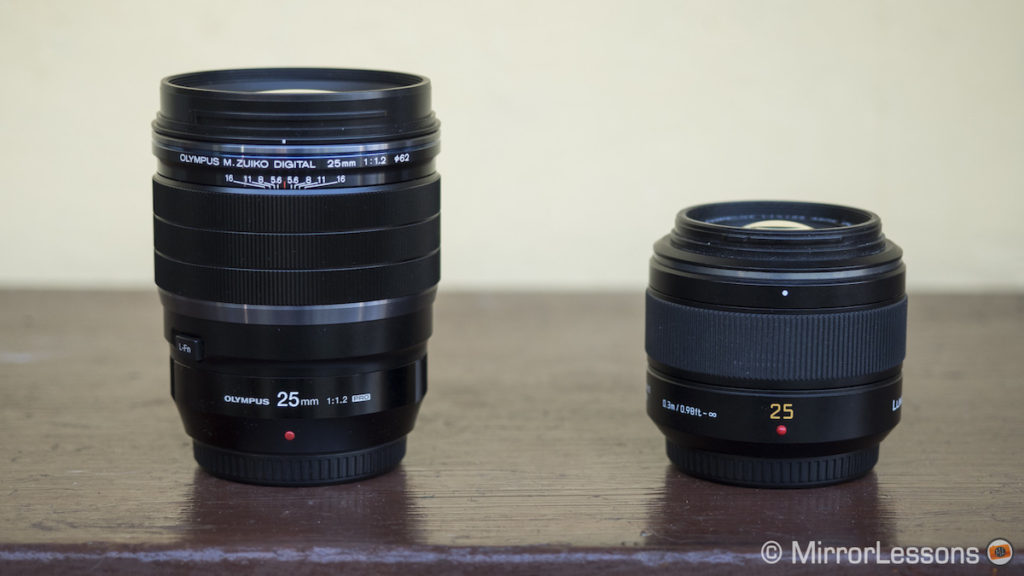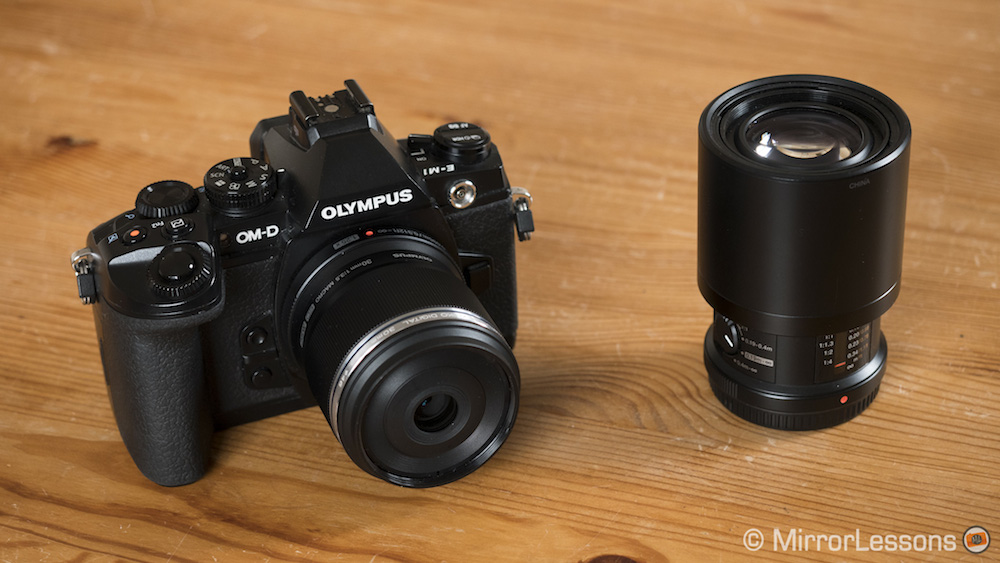Two portrait lenses that every Micro Four Thirds photographer has considered at some point are the M.Zuiko 45mm f/1.8 and M.Zuiko 75mm f/1.8.
The 45mm has been in our collection for almost as long as we’ve been writing about mirrorless cameras. It was the second lens we bought after picking up the Olympus OM-D E-M5, and has proven a steadfast companion thanks to its quality and compactness. It was later joined by the 75mm, which proved a boon for Mathieu’s event photography as he often had to photograph actors and directors in poorly lit auditoriums and conference halls.

